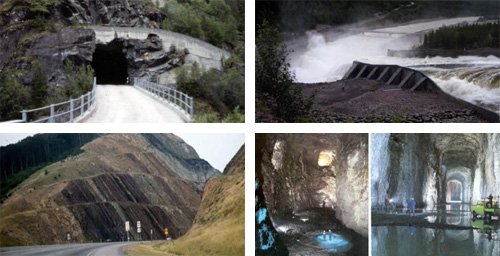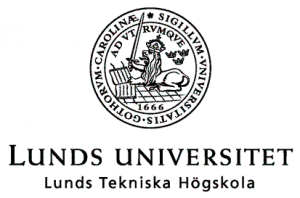Research and education in the theme area of Geotechnology are conducted at all of SBU’s member universities. Included are the research subjects of mining engineering, geotechnical engineering, geotechnology, engineering geology, and applied geology (see below, Cooperating departments). The theme has been unified by a common vision, based on the university as the key to the future, and on the aim that Geotechnology should clarify the fundamental social utility of this field of knowledge (see below, Our vision). One of our principal tasks is to take responsibility for the supply of competent engineers and experts with higher education in the subject area (see below, Cooperation in education). The coupling between the research conducted at the universities and the responsibility for education is clear and important.
Swedish research in geotechnology has great social relevance and is intended to provide society with knowledge and competence in several key areas, such as: (1) Dams; (2) Roads and railroads; (3) Energy facilities; (4) Foundation structures; (5) Underground installations; (6) Harbors and marine structures; (7) Building materials supply; (8) Groundwater supply; (9) Pollutant dispersion in land; and (10) land decontamination. Some examples of geostructures are shown in Figure 1.

Figure 1 – Examples of geostructures: road and ramp; tunnel, hydroelectric dam, road embankment, rock chamber for storage.
The theme of Geotechnology involves by nature an interdisciplinary approach and includes several basic sciences (e.g. geology, hydraulics, mechanics, physics, chemistry, mathematics, mathematical statistics, social science). Thus, the area also contains a number of sub-disciplines with important research orientations in each of them. We see a growing need for specialists and more research in the theme area of Geotechnology due to retirements, climate change, densification of cities, increased underground building, noise and vibration-free environments, aging infrastructure and, not least, greater requirements for protection of groundwater and safe deposition of environmentally dangerous waste as well as new building on old deposits and polluted land (see below, Research collaboration).






